The first ever image of Mars, made by a spacecraft, was painted by hand. Why?

This is how scientists first "saw" Mars
51 years ago, on July 14, 1965, the Mariner 4 space station approached Mars and for the first time in the history of mankind took several pictures of another planet. For photographing I had to use a large analog camera, which was mounted at the bottom of the device. After the camera took pictures, the image was sent as a digital code to Earth. After receiving this code on Earth, it had to be passed through a decoder. The operation of this device took several hours.
But these were the first images of Mars in the history of mankind, and NASA employees did not want to wait. Therefore , it was decided to decode the image on their own, by hand.

')
Since the code of shades of black and white for the resulting code was known, the experts decided to color the received message with pencils, with colors ranging from yellow to brown. Therefore, it turned out that the world's first image of Mars was not a photograph, but a hand-painted sketch.
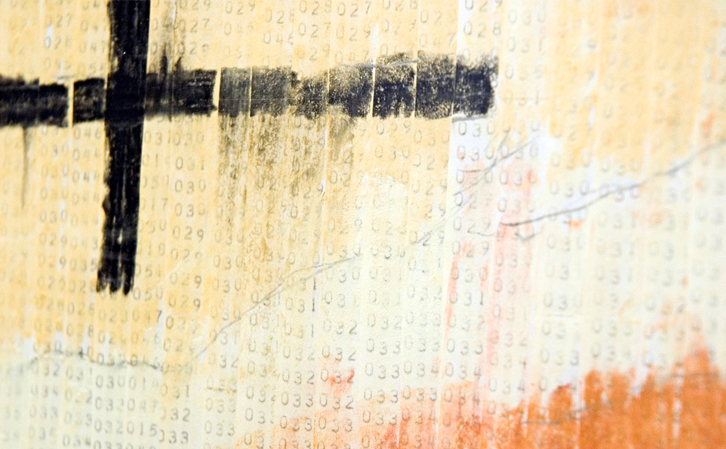
Enlarged image area
The photograph shows a portion of the surface of Mars near the equator. From this perspective, the image looks as if it was received, being on the surface of the Red Planet. But in reality, the “slope” in the middle of the frame is the rounded edge of the planet. Here is a black and white image, which makes it clear the real position of the device.
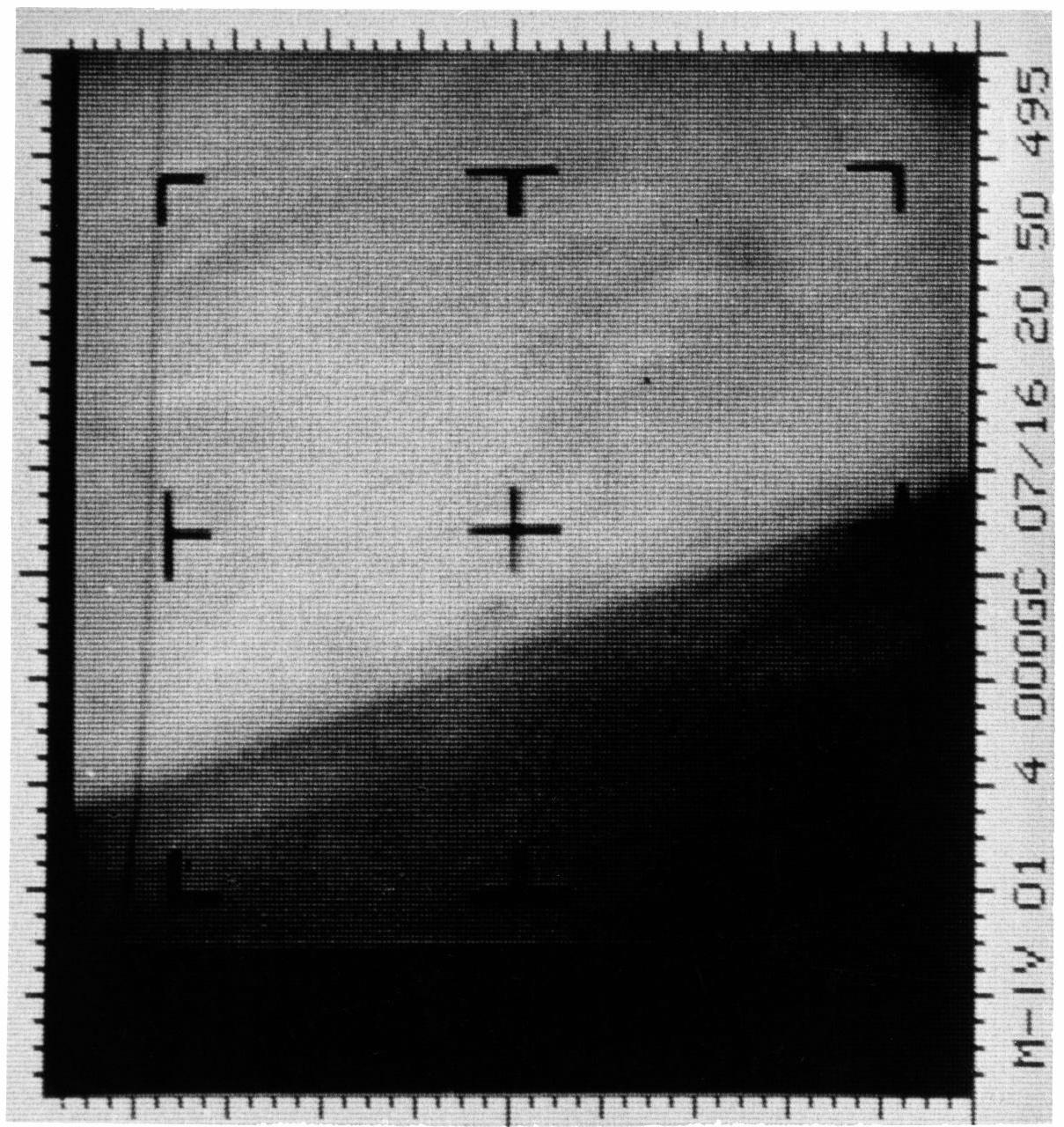
Mariner 4 - automatic interplanetary station. It was intended to conduct scientific research on Mars from its flight path, transmitting information about interplanetary space and about space near Mars. It was planned to take pictures of the surface and conduct an experiment on the radio eclipse of the signal from the station by the planet to obtain information about the atmosphere and ionosphere. The lead organization for the design, manufacture and testing is the NASA Jet Propulsion Laboratory (Jet Propulsion Laboratory or JPL). The development of individual systems was carried out by various industrial organizations and higher educational institutions.
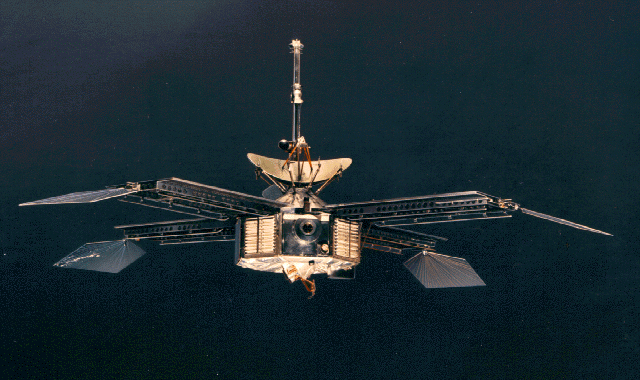
It looked like Mariner 3 and 4. At the bottom - not a gun, as it may seem, but a video camera (Image: NASA)
This device became the first spacecraft to take pictures of another planet from close range and transmitted them to Earth. Mariner 4 made 21 full photos of Mars and 1 incomplete. An incomplete photo was obtained due to the fact that Mars closed the device, radio communication with the Earth was interrupted. This happened from 14 to 15 July.
As in the case of Venus, the images of the atmosphere and the surface of which mankind was able to get a few years after the convergence of Mariner 4 with the Red Planet, photos of Mars allowed to move from speculation about the structure of the surface to facts and theories. The myth of the channels on the surface of Mars , whose involuntary authors are astronomers Giovanni Schiaparelli and Percival Lowell, has existed for a very long time. He was the reason that scientists and ordinary people for a long time considered the channels to be the creation of the hands of the Martians. Schiaparelli, observing Mars, called the detected lines by the Italian word "canali", which means any ducts (both natural and artificial), and can be translated into English as "channels", "canals" or "grooves" (channels, artificial channels or furrows). When translating his works into English, the word “canals” was used, used in English to denote channels of artificial origin. He himself later did not specify what he had in mind. But few people questioned the habitability of Mars: someone had to create these channels on a planetary scale.
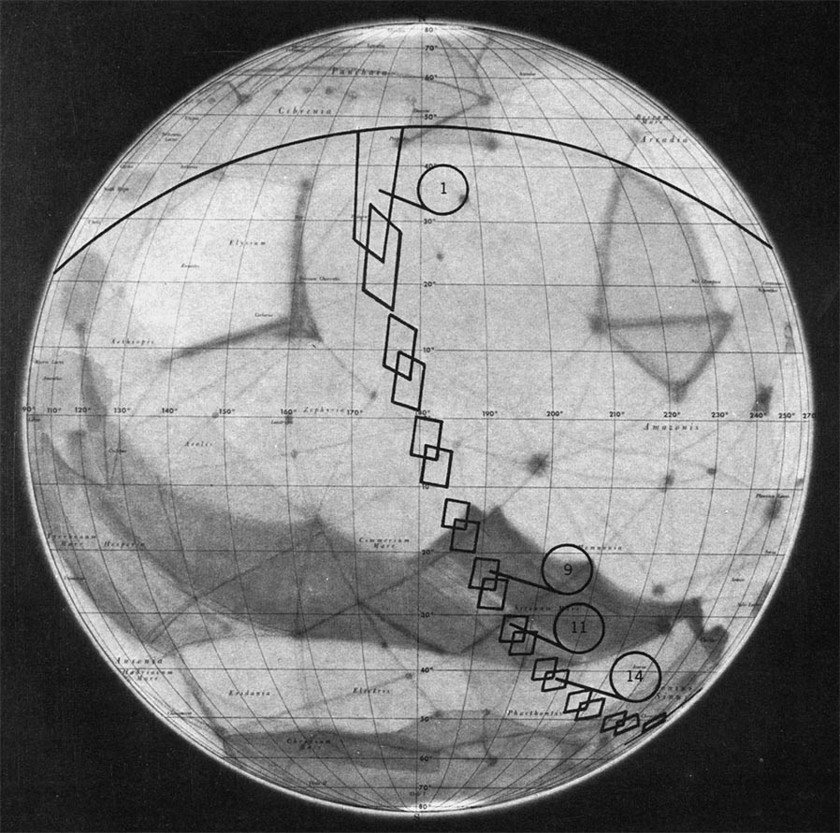
Created in 1962 by specialists of the US Air Force, the map of Mars showed the presence of channels on its surface. This map was used by NASA to plan the Mariner route. Rectangles are places photographed by Mariner 4 cameras.
But the apparatus did not see any channels, either man-made or natural. The photos and data provided by the station’s instruments showed that Mars is a dry and cold planet with a surface temperature below zero Celsius. Cosmic radiation permeates the planet - it does not have an ionosphere to protect against high energy particles. Mariner 4 found no trace of the presence of civilization on Mars. Therefore, in 1965, the myth of the presence of channels on the surface of the planet was dispelled.
Now, half a century later, man has enough tools to explore Mars. Curiosity and Oppotunity are working on its surface. Several spacecraft are in orbit at once, including the Mars Reconnaissance Orbiter and the Mangalyaan. All this allows you to carefully study Mars, making interesting discoveries. For example, orbiters helped to learn about the periodic appearance of liquid water on the surface of the Red Planet.

This study began with Mariner 4. His 50th anniversary coincided with the date of the New Horizons station’s flight past Pluto.
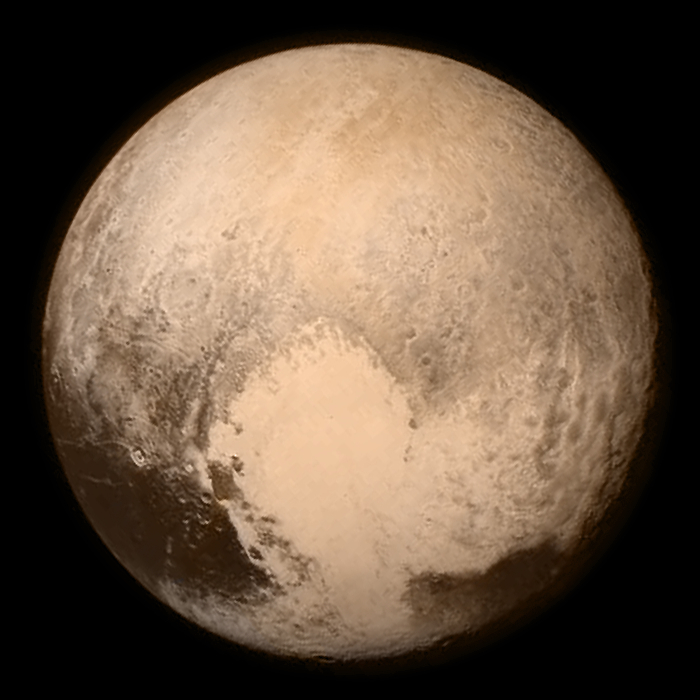
Only half a century ago, scientists painted encoded images obtained from space with pencils. Now astronomers receive detailed images of objects distant from Earth, such as Pluto and comet Churyumov-Gerasimenko, Charon and Ceres. I wonder what will happen in 50 years?
Source: https://habr.com/ru/post/396157/
All Articles